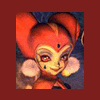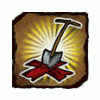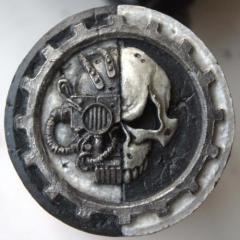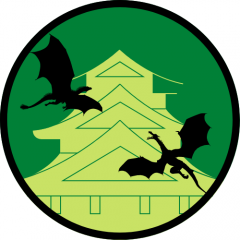meccaniche Dubbi del Neofita (3)
-
Contenuto simile
-
- 3 risposte
- 124 visualizzazioni
-
- 47 risposte
- 999 visualizzazioni
-
- 10 risposte
- 287 visualizzazioni
-
- 7 risposte
- 200 visualizzazioni
-
- 2 risposte
- 184 visualizzazioni
-









Messaggio consigliato